Introduction: Why Understanding Gold Matters
Buying jewelry is a deeply personal and often significant investment. Whether you are choosing an engagement ring, a timeless necklace, or a simple everyday piece, the type of gold used is the single most critical factor determining its durability, value, longevity, and price.
In the modern jewelry market, you will encounter three primary classifications of gold—Solid Gold, Gold Filled, and Gold Plated—each offering a vastly different experience in terms of quality and cost. Confusing these terms can lead to disappointment, especially when a piece you expect to last a lifetime begins to tarnish or wear down within months.
This comprehensive guide is designed to empower you, the buyer, with everything you need to know. We will dissect the composition, manufacturing process, pros, and cons of each type of gold, ensuring you make an informed decision that perfectly balances your budget and expectations for permanence.
Part I: The Gold Standard — Solid Gold (The Investment)
Solid gold represents the purest and most valuable form of jewelry available. However, "solid gold" as used in jewelry doesn't mean 100% pure gold (24 Karat); rather, it means the piece is solid throughout its structure, not hollow or layered over another metal.
1.1 Understanding the Karat System
The purity of gold is measured in Karats (K). Since pure gold (24K) is too soft for everyday wear, it must be alloyed with other metals—such as silver, copper, nickel, or zinc—to increase its hardness and durability.
|
Karat (K) |
Percentage of Pure Gold |
Purity Level (Parts per 1000) |
Common Use & Durability |
|
24K |
100% |
999.9 |
Too soft for jewelry; used for bullion or investment. |
|
18K |
75% |
750 |
High value, rich color, good durability. Standard for high-end wedding and engagement rings. |
|
14K |
58.3% |
585 |
The most popular choice in the U.S. Excellent balance of color, durability, and value. Suitable for daily wear. |
|
10K |
41.7% |
417 |
The least pure gold is used in jewelry. Very durable and affordable, but less vibrant gold color. |
1.2 The Composition of Gold Colors
The other 25% to 58.3% of the alloy determines the color of the gold:
-
Yellow Gold: Alloyed with copper and silver (the classic mix).
-
White Gold: Alloyed with palladium, nickel, and zinc. It is often plated with a layer of Rhodium to give it a bright, white finish, which must be re-plated every few years.
-
Rose Gold: Alloyed primarily with copper, giving it its distinct reddish-pink hue. Rose gold requires no special maintenance and is extremely durable.
1.3 Key Pros and Cons of Solid Gold
|
Aspect |
Pros (Advantages) |
Cons (Disadvantages) |
|
Value & Longevity |
Retains inherent material value; will last forever; ideal for heirlooms. |
Highest initial cost (a significant investment). |
|
Appearance |
Rich, deep color that never fades or changes. |
It can be scratched or dented due to its relative softness (especially 18K). |
|
Maintenance |
Requires occasional cleaning; does not tarnish. |
White gold requires re-plating with Rhodium every 1-3 years. |
|
Hypoallergenic |
High-karat gold (18K, 14K) is usually hypoallergenic (unless it contains nickel). |
|
Part II: The Durable Alternative — Gold Filled (The Long-Term Compromise)
Gold-filled jewelry is the most durable and highest quality option outside of solid gold. It is an excellent choice for those seeking the look and feel of solid gold without the high price tag.
2.1 Manufacturing and Composition
Gold Filled (also known as Gold Overlay) is created through a complex mechanical process of heat bonding two or three layers of gold to a core of a base metal, usually brass or copper.
-
Minimum Requirement: By U.S. trade law, the outer layer of gold must constitute at least 5% (or 1/20) of the item's total weight.
-
Purity: The gold layer is typically 14K or 12K.
-
Markings: True Gold Filled jewelry is stamped with markings like "1/20 14K GF" or "1/20 12K GF." This marking guarantees the minimum gold content.
2.2 Durability and Lifespan
Because the gold layer is so thick (up to 100 times thicker than gold plating), Gold Filled items are extremely durable and can last a lifetime with proper care.
-
Tarnish Resistance: Due to the thick layer, it is highly resistant to tarnishing, as the base metal is fully sealed off.
-
Wear and Tear: The gold layer will not flake, rub off, or turn color under normal conditions, making it an ideal choice for frequently worn items like bracelets and chains.
2.3 Key Pros and Cons of Gold Filled
|
Aspect |
Pros (Advantages) |
Cons (Disadvantages) |
|
Value & Longevity |
Excellent longevity, lasting 10-30 years or more. Provides the look of solid gold at a fraction of the cost. |
Does not retain the intrinsic value of solid gold; the gold layer is relatively thin compared to solid gold. |
|
Durability |
Highly resistant to wear, tarnishing, and fading. Perfect for daily wear. |
Eventually, the gold layer may wear through in spots after decades of use. |
|
Hypoallergenic |
Generally considered hypoallergenic because the thick outer gold layer prevents contact between the skin and the base metal. |
|
Part III: The Economical Choice — Gold Plated (The Fashion Piece)
Gold-plated jewelry is the least expensive and least durable option among the three. It is best suited for trendy, fashion-forward pieces that are not intended to be worn every day or kept for a long time.
3.1 Manufacturing and Composition
Gold Plating is a simple process where a microscopic layer of gold is deposited onto a base metal (usually copper, brass, or nickel) via an electrical current—a technique known as electroplating.
-
Thickness: The gold layer is incredibly thin, typically between 0.17 to 0.75 microns. This is often 0.05% or less of the item's total weight.
-
Purity: The gold used is often 10K or higher.
-
Flash Plating: Some very cheap jewelry is only "flash plated," meaning the layer is barely existent and will wear off almost immediately.
3.2 Durability and Lifespan
The thinness of the gold layer is the primary drawback of gold-plated jewelry.
-
Tarnishing: The layer is easily scratched or worn away, exposing the base metal beneath, which then reacts with air, moisture, and oils (from skin, perfume, and lotions). This reaction causes the piece to tarnish (turn dark or green).
-
Lifespan: Depending on wear, the piece may start showing signs of tarnish or wear in as little as a few weeks to 6 months.
3.3 Key Pros and Cons of Gold Plated
|
Aspect |
Pros (Advantages) |
Cons (Disadvantages) |
|
Cost |
Extremely affordable. Allows one to own many trendy styles without a large investment. |
Very poor longevity; does not stand up to daily wear. |
|
Appearance |
Initial bright, shiny gold appearance. |
Tarnish and fading are inevitable; the gold layer is easily scraped off. |
|
Hypoallergenic |
Not hypoallergenic. Once the plating wears off, the underlying base metal (often nickel) can cause skin irritation or allergic reactions. |
|
Part IV: Quick Reference Comparison Table (Infographic Idea)
For quick, actionable advice, here is a summary comparing the three types of gold, designed to be used as a simple infographic or cheat sheet.
|
Feature |
Solid Gold (e.g., 14K) |
Gold Filled (1/20 14K GF) |
Gold Plated |
|
Gold Content |
58.3% to 75% by weight |
Minimum 5% by weight (heat-bonded) |
Less than 0.05% by weight (electroplated) |
|
Durability |
Excellent. Used for life and heirlooms. |
Very Good. Will last 10-30 years or more. |
Poor. Lasts from a few weeks to 6 months. |
|
Tarnish Resistance |
Total resistance (never tarnishes). |
Very high resistance. |
Low resistance (tarnishes quickly when worn). |
|
Best For |
Daily wear, heirloom pieces, investment. |
Daily wear, budget-conscious lifelong jewelry. |
Occasional wear, fast fashion, trendy pieces. |
|
Cost |
$$$ (Highest) |
$$ (Mid-range) |
$ (Lowest) |
Part V: Buyer's Action Guide — Choosing the Right Gold
The choice between the three depends entirely on your needs, lifestyle, and budget. Use the scenarios below to help guide your purchasing decision:
Scenario 1: The Forever Piece
-
Your Need: An engagement ring, wedding band, a signature piece for daily wear, or a future heirloom.
-
Priority: Longevity, intrinsic value, and zero maintenance concerns (aside from rhodium plating).
-
The Choice: Solid Gold (14K or 18K). This is the only true long-term investment that will retain its look and value indefinitely.
Scenario 2: The Daily Fashion Staple (Budget Conscious)
-
Your Need: A necklace, bracelet, or pair of earrings you plan to wear frequently (e.g., in the gym, shower, or while sleeping) but need to keep affordable.
-
Priority: High durability and a low chance of tarnishing, but without the solid gold price.
-
The Choice: Gold Filled. The 5% gold layer provides the necessary protection for years of continuous use.
Scenario 3: The Trendy or Occasional Piece
-
Your Need: A chunky cocktail ring, a statement earring style, or a piece reflecting a current trend that may change next season. Jewelry for a single event.
-
Priority: Affordability and style variety.
-
The Choice: Gold Plated. This allows you to explore current trends without making a financial commitment to a piece you might not wear in a year. Crucially: Do not wear these pieces in the water, or apply perfumes/lotions directly onto them.
Part VI: Care and Maintenance for Each Gold Type
Proper care is essential to maximizing the lifespan of any jewelry piece, but the maintenance routine differs drastically based on the gold classification.
6.1 Caring for Solid Gold (10K, 14K, 18K)
Solid gold is robust, but it still requires gentle handling to maintain its luster.
-
Cleaning: The best method is soaking the jewelry in a mild solution of warm water and a few drops of dish soap. Use a very soft-bristled toothbrush to gently scrub away grime, especially behind stone settings. Rinse thoroughly and pat dry with a soft, lint-free cloth.
-
Chemical Exposure: Avoid prolonged exposure to harsh chemicals like chlorine (found in pools and strong cleaning products), as these can weaken the gold and, specifically in the case of white gold, damage the rhodium plating.
-
Polishing: Occasional use of a professional jeweler's polishing cloth can restore shine. Do not use abrasive household cleaners.
-
White Gold Re-plating: Remember that white gold is plated with Rhodium. If your white gold piece starts to look yellow or dull, it needs professional re-plating (typically every 1 to 3 years) to restore its brilliant white finish.
6.2 Caring for Gold Filled Jewelry (1/20 GF)
Gold-filled is highly durable but should be treated with more caution than solid gold to ensure the thick gold layer remains intact.
-
Cleaning: Use warm water and gentle soap, as described for solid gold. A quick polish with a soft cloth will refresh its look.
-
What to Avoid: While gold-filled can withstand showering, to extend its life, you should avoid exposure to sulfur compounds (often found in certain spa treatments and some beauty products) and saltwater.
-
Tarnish Control: If the piece ever develops minor tarnish (which is rare), a jewelry-specific cleaner formulated for gold should be used sparingly. Do not use abrasive cloths or tarnish-removing chemicals designed for sterling silver, as these can thin the gold layer.
6.3 Caring for Gold-Plated Jewelry
Because the gold layer is microscopic, the primary goal of care is to protect the plating from abrasion and chemical corrosion.
-
Cleaning: Wipe gently with a dry, soft cloth after each use. Never use abrasive cleaners, jewelry polishing cloths, or chemicals. If cleaning is necessary, use lukewarm water and a drop of soap, dry immediately, and gently buff.
-
The "Last On, First Off" Rule: Always put on gold-plated jewelry last after you have applied makeup, hairspray, perfumes, and lotions. Take it off first before undressing. This minimizes contact with chemicals.
- Moisture is the Enemy: Always remove gold-plated items before:
-
Showering or bathing.
-
Swimming (especially in chlorinated water or saltwater).
-
Exercising (sweat is corrosive).
-
Storage: Store in a cool, dry place, ideally in a small, sealed plastic bag or a cloth pouch to reduce exposure to air and moisture.
Part VII: Environmental and Ethical Impact
The source and composition of gold jewelry carry significant environmental and ethical implications, making it an important factor for the modern conscientious consumer.
7.1 Solid Gold and Mining Concerns
The majority of solid gold rings begin their life in a mine. Traditional gold mining is one of the most environmentally destructive processes globally.
-
Environmental Damage: Mining often involves the use of toxic chemicals like mercury and cyanide to extract gold from the ore, leading to severe water and soil pollution. This process destroys habitats and can contaminate local water sources for decades.
- Ethical Sourcing: Concerns over "Conflict Gold" (gold mined in areas of armed conflict and sold to finance further fighting) have led to greater scrutiny.
-
The Solution: Consumers interested in solid gold should prioritize pieces certified as Fairmined, Fair Trade, or Recycled Gold. Recycled gold offers the exact same quality and value as newly mined gold without the heavy environmental toll of mining.
7.2 Gold Filled and Gold Plated: Base Metal Impact
Since gold-filled and gold-plated jewelry use only a tiny fraction of gold, their environmental impact is largely tied to their core materials and manufacturing waste.
-
Base Metals: The base metals (brass, copper, nickel) are also mined, though their extraction is generally less toxic than gold extraction. The main concern is the industrial waste generated during the processing and bonding/electroplating stages.
-
Chemical Waste: Gold Plating (Electroplating), in particular, generates significant chemical and water waste from the electrical baths and solutions used to deposit the thin gold layer. This makes it the less environmentally friendly choice from a manufacturing standpoint, even if it uses less gold overall.
-
Longevity and Landfills: The low durability of gold-plated items means they are quickly discarded when the plating wears off, contributing to more frequent consumer waste and filling landfills. In contrast, the longevity of gold-filled makes it a more sustainable choice in the long run.
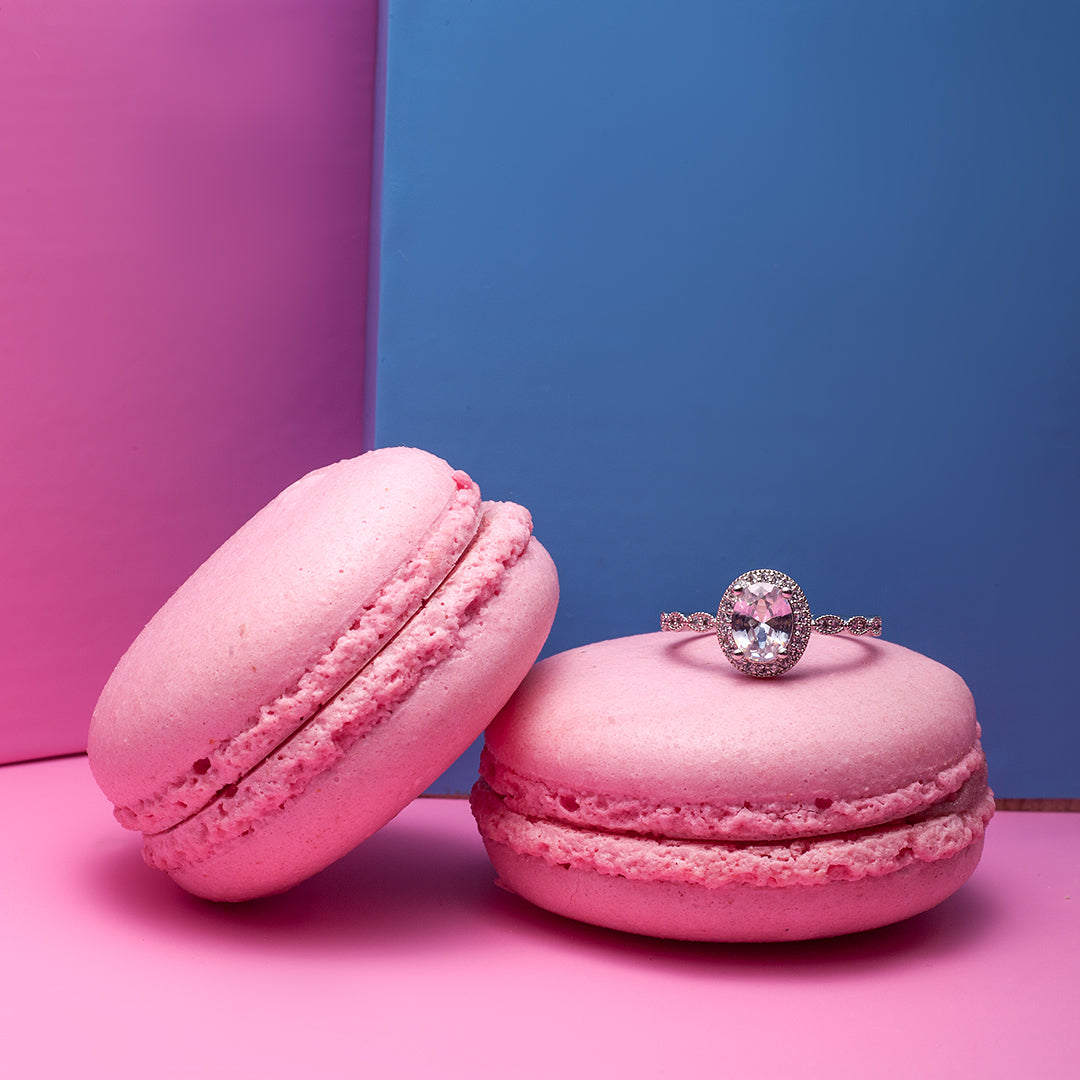
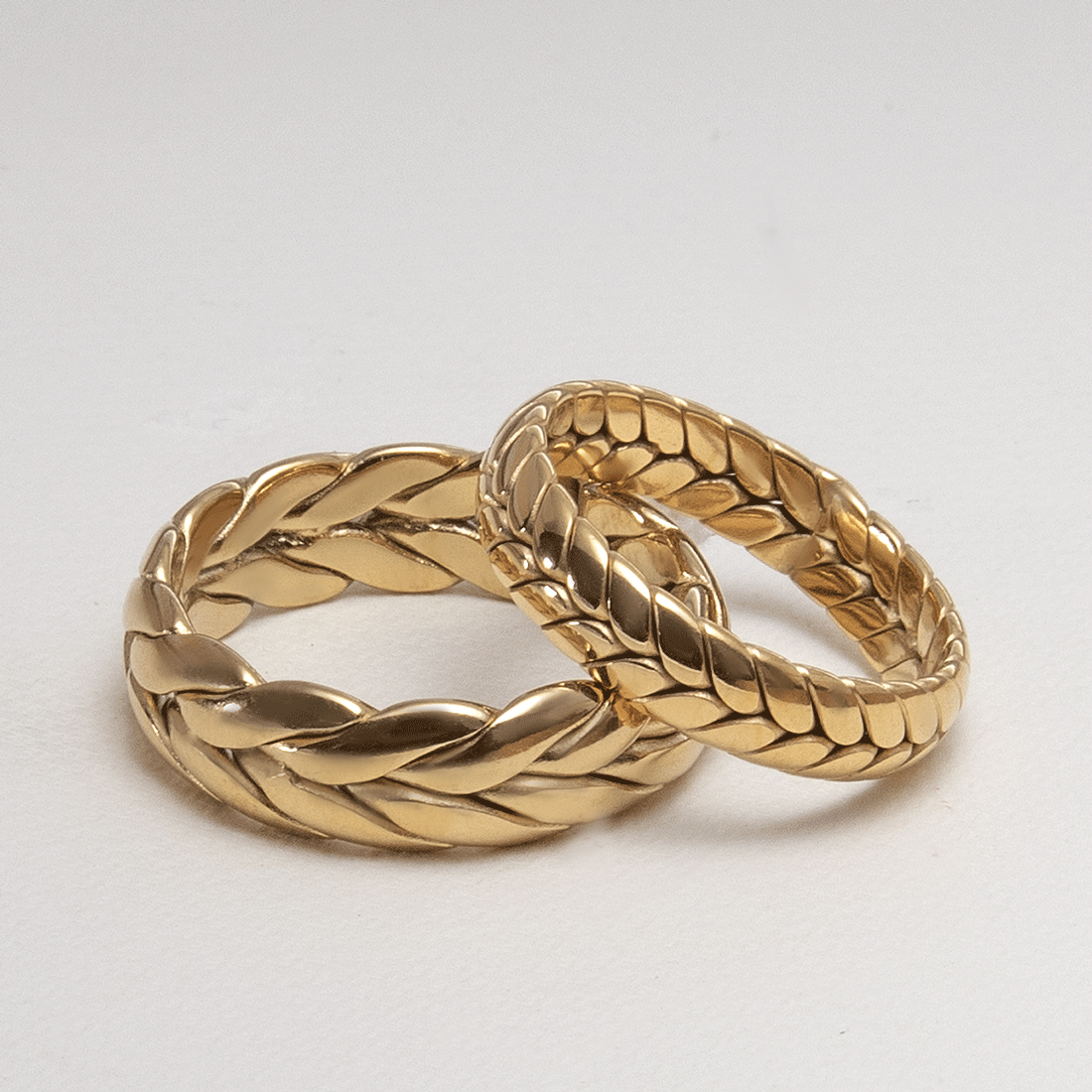
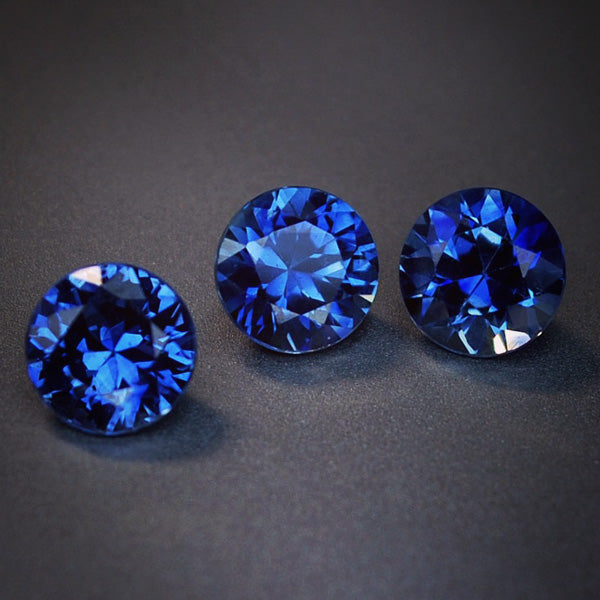
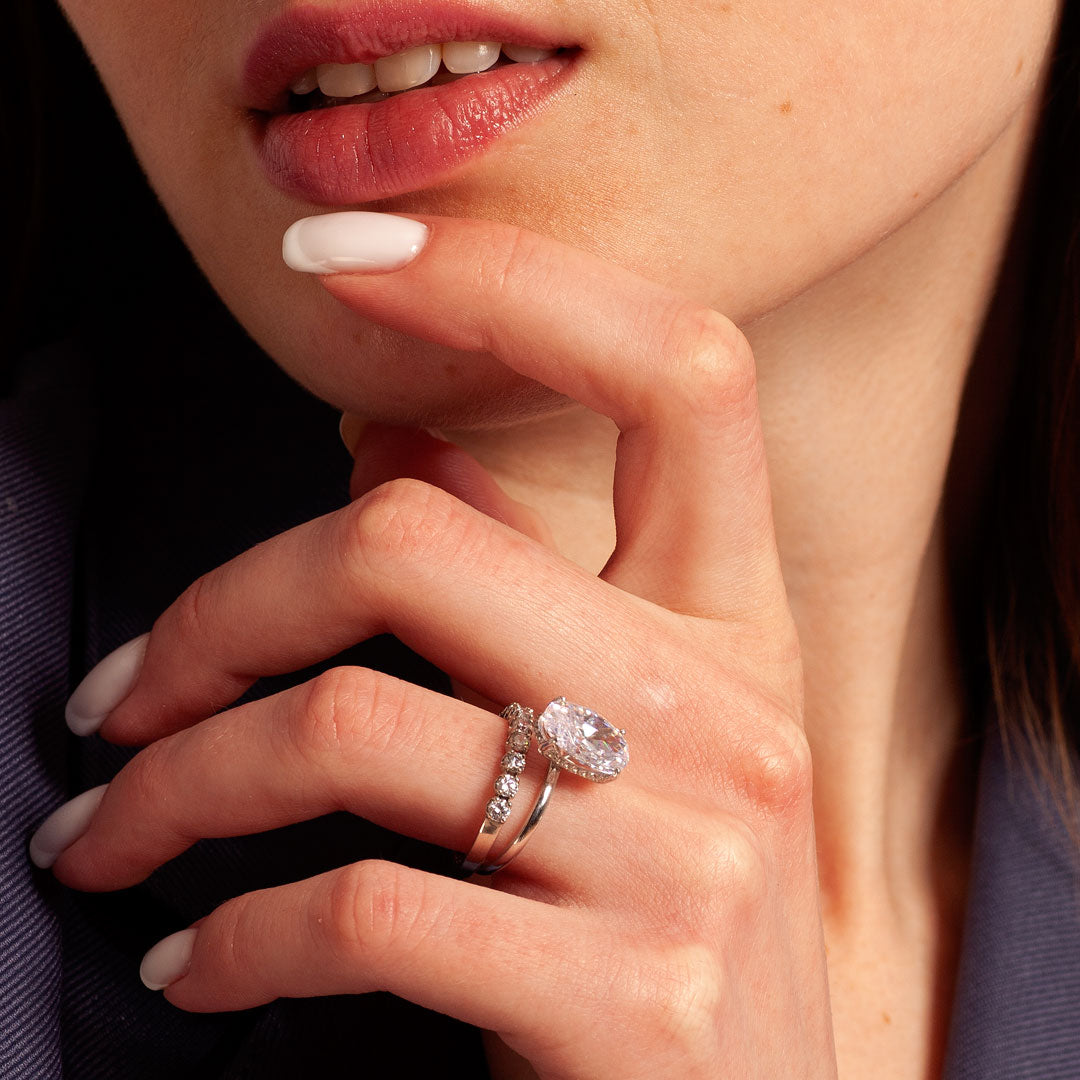

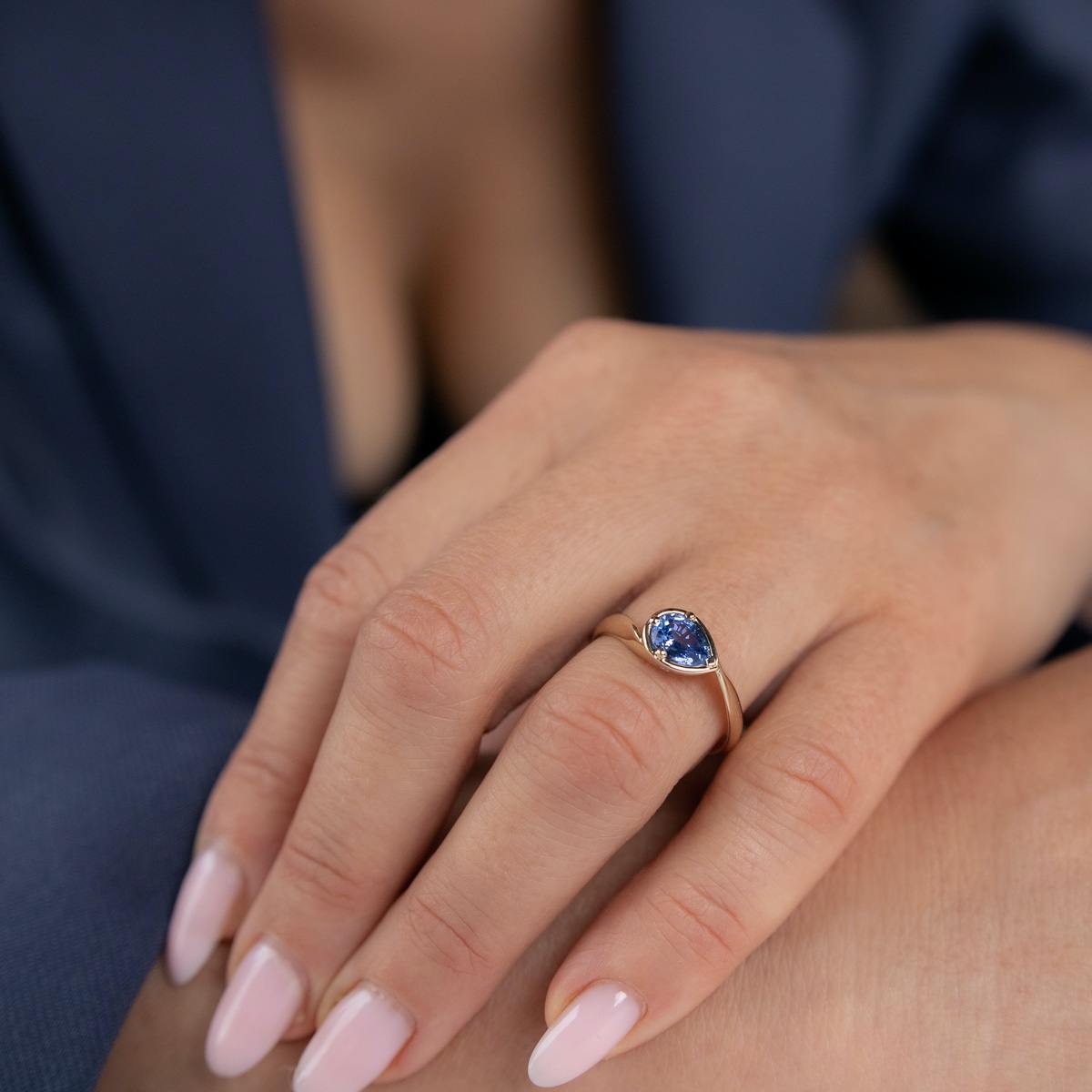
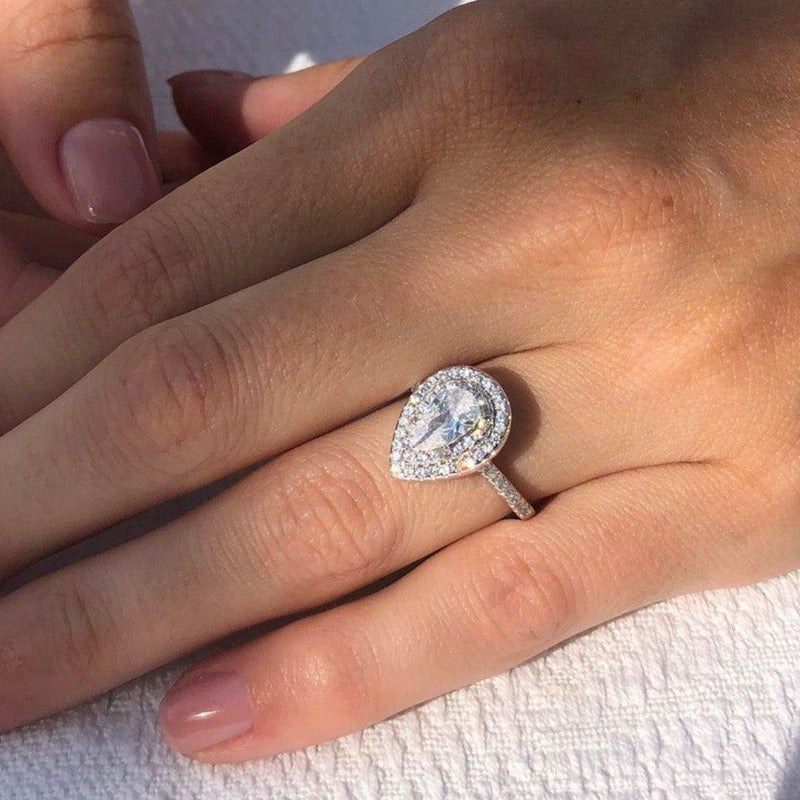
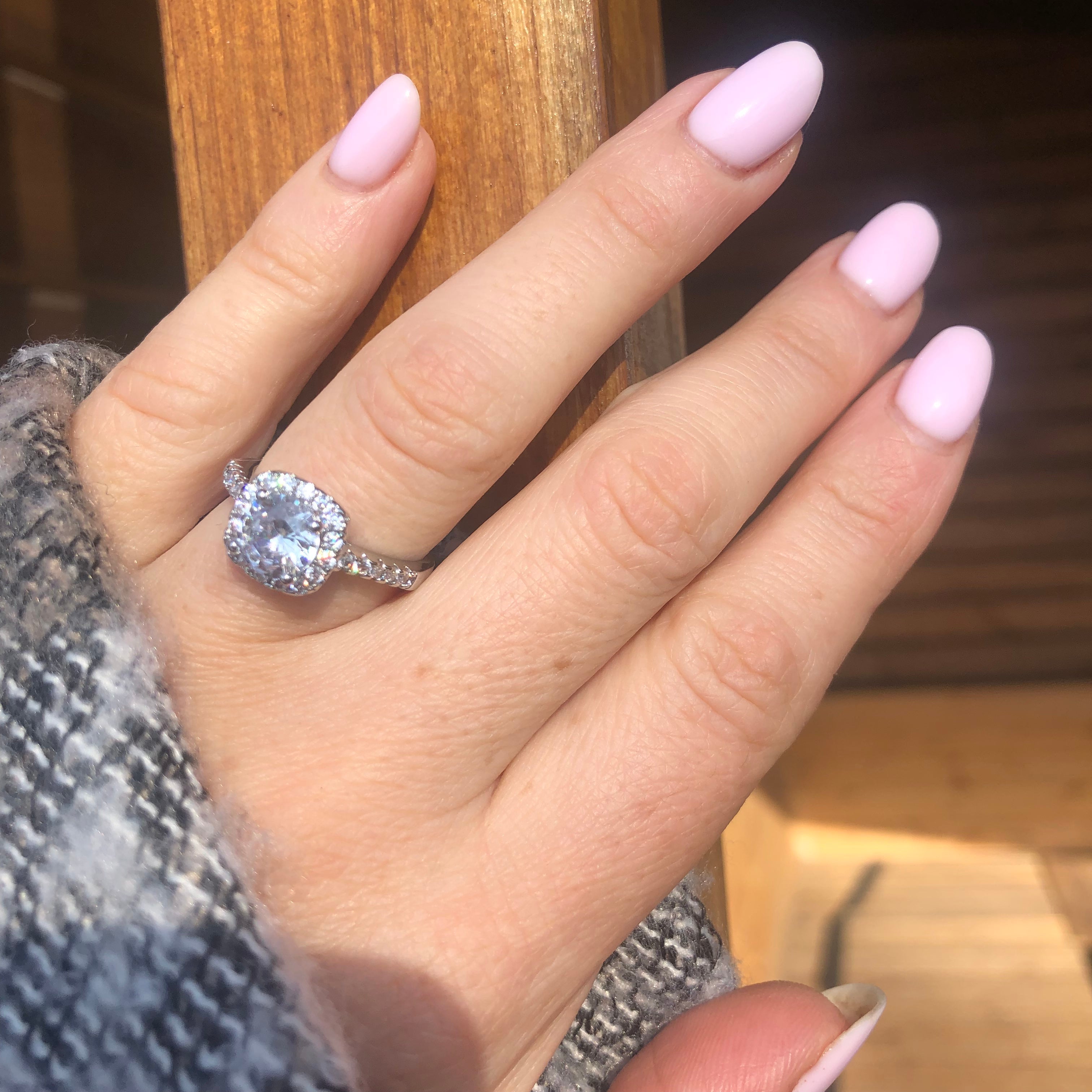
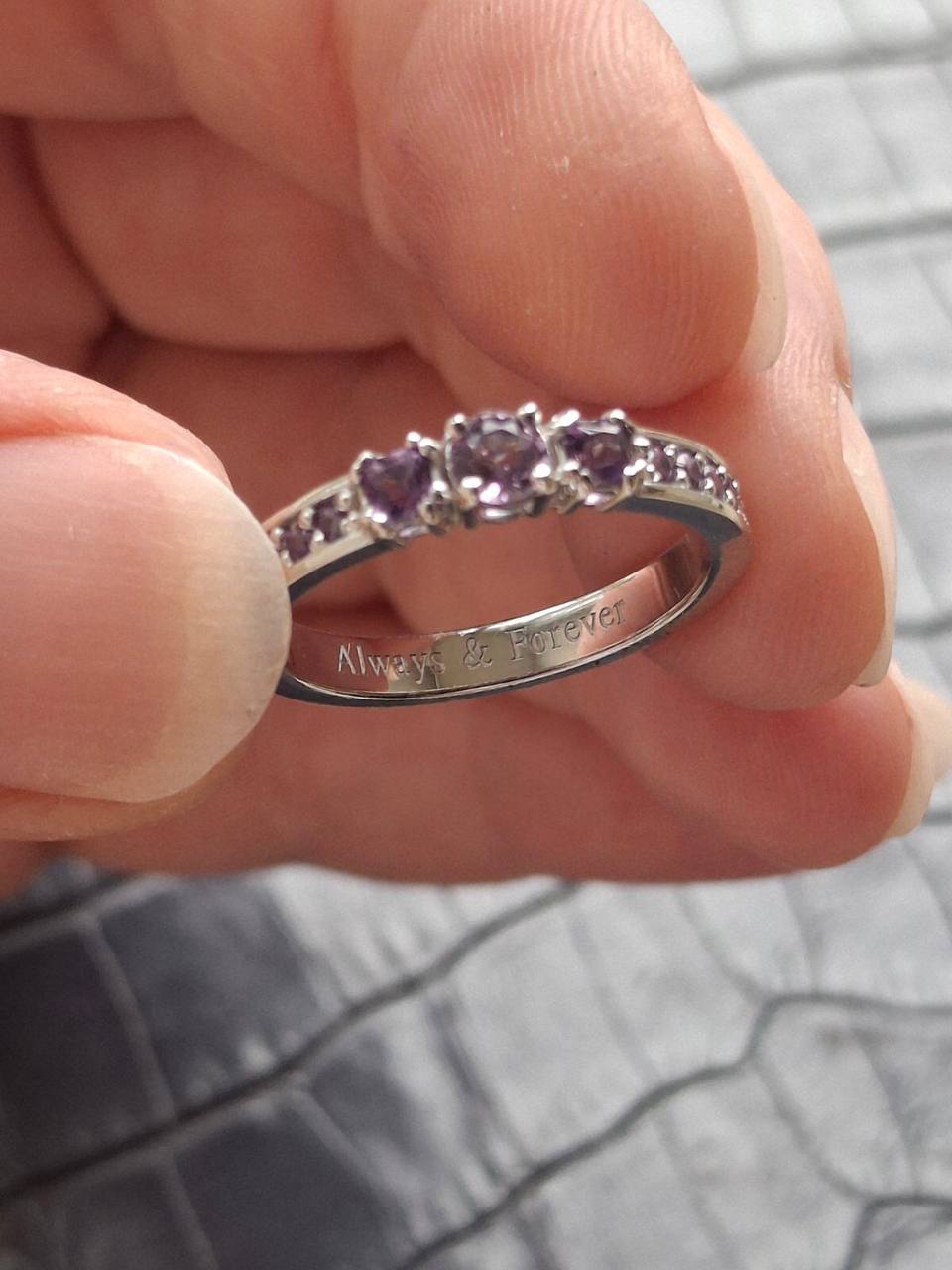
Leave a comment
This site is protected by hCaptcha and the hCaptcha Privacy Policy and Terms of Service apply.